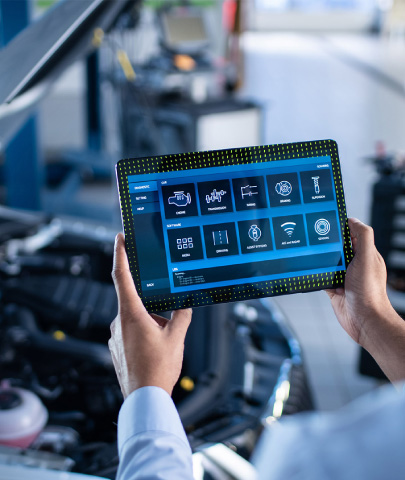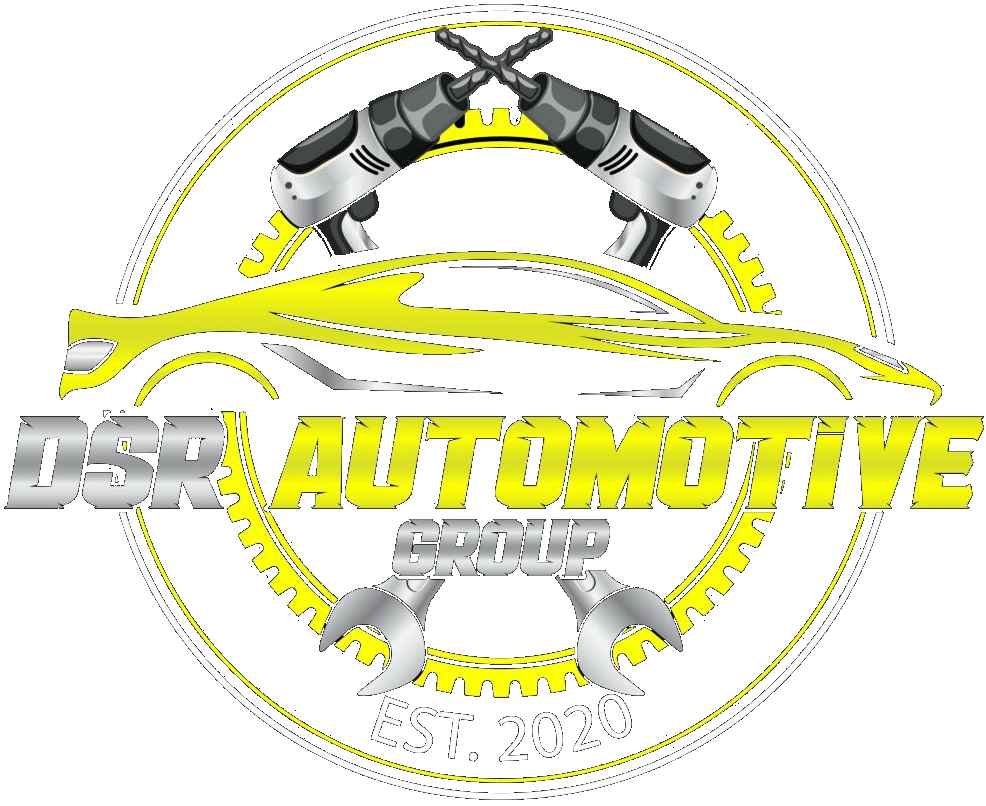VEHICLE DIAGNOSTICS
What Is a Car Diagnostic Test?
What Parts of a Car Are Tested?
Car diagnostic tests analyze several aspects of your vehicle including:
- Engine
- Transmission
- Brake responsiveness
- Exhaust system
- Fuel Injector
- Ignition coils
- Throttle, and more
Although these results can help drivers assess their vehicle’s state, car diagnostic tests are not perfectly accurate. In many cases, they cannot tell the technician or tester the exact problem. Instead, they’re used to narrow down the location of an issue or potential error so it can be more quickly identified and resolved.

While you may hire a mechanic to run the diagnostic test on your vehicle, you can conduct the test yourself. The OBD (onboard diagnostic) computer comprises multiple sensors to diagnose issues, which it labels in a 5-character code known as the OBD or OBD-II code. To read the code, acquire an OBD scanner that connects to the vehicle and displays error codes on its screen.
To begin the process, read your owner’s manual to locate your vehicle’s OBD port which is also known as the diagnostic link connector (DLC). Ensure your vehicle is turned off and insert the scanner’s 16-pin trapezoidal plug into the OBD port.
Insert your key in the ignition and turn it until the power is on, but not the engine. At this point, the scanner’s screen may acknowledge that it is connecting to the OBD computer.
Depending on your OBD scanner, you may need to manually enter the vehicle identification number (VIN) or the make and model to proceed.
Once connected, look for your codes in the “Codes” or “Trouble Codes” menu. Most devices display active and pending OBD codes. “Active” indicates an issue that triggers the Check Engine light, while “pending” denotes an error. The next step is to decipher the 5-character OBD code, which you can look up here.
- The first character indicates the location of the issue: P (powertrain), C (chassis, e.g. brakes), B (body, e.g. airbags), or U (communication system).
- The second character denotes if the OBD code is generic or manufacturer-specific.
- The third character narrows the location of the issue. For instance, a 3 signifies an ignition issue.
- The fourth and fifth characters zero in on the exact problem.

CONCLUSION
Ultimately, car diagnostic tests are beneficial tools that should be a regular practice in any maintenance checkup. To avoid the inconvenience of taking your vehicle to a mechanic, consider purchasing the necessary equipment and conducting regular diagnostic tests on your own. A car diagnostic test helps avoid long-term or catastrophic damage due to malfunctioning parts.

